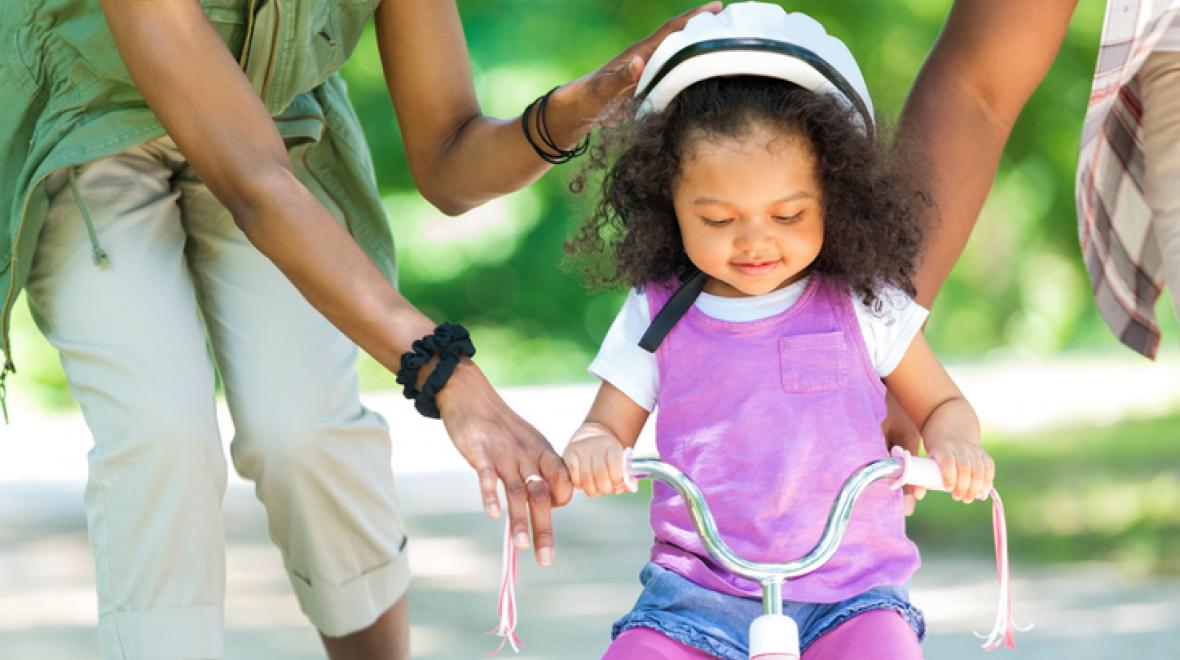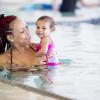
Toddlers and preschoolers are comfortable and confident shouting “NO!” when they don’t want to do something their parents have asked them to do. But are your children comfortable saying no to other people or in questionable situations?
As babies develop into toddlers and preschoolers they become more independent. It’s critical that parents introduce safety skills early, in a fun, non-scary way — to raise children’s awareness of their environment and build confidence and competence in responding to strangers and unsafe scenarios. There are numerous opportunities to do this. Here are suggestions to get you started.
Have a safety rehearsal
Start conversations about safety rules early and have them often. Some of the best conversations I’ve had with my kids happened in the car.
Possible safety rules for being in public:
- I check with my parents or the person in charge before I go anywhere or get into a car, even with someone I know.
- I always check first with my parents or a trusted adult before I accept anything from anyone — even someone I know.
- I always have a buddy with me when I go places or play outside.
Possible safety rules for home:
- I don’t open the door to anyone who isn’t an immediate family member.
- I know how to call 9-1-1 when I feel something is scary or wrong. I can give the 9-1-1 operator my first and last name, a parent’s first and last name and our phone number and address.
Once rules have been established and discussed in detail, rehearse often so they become second nature. Turn this into a game by giving your children a scenario and asking them what they should do. Then practice, practice, practice! Having children practice what they would say and do means they’ll be more able to use these skills with greater confidence when and if they need them. Here are some scenarios:
- What would you do if you couldn’t find me in the supermarket?
- What would you do if another parent offered you some candy at the park?
- What would you do if someone knocked on the front door while I was in the bathroom?
- What would you do if an adult you don’t know asked you to sit on his or her lap?
How to use books and shows to raise awareness
When we watch shows or read books with our children, we can ask questions about the characters to help teach safety rules and give children opportunities to think about what they might do in the situations the characters are facing. What are the characters saying or doing? How might what they’re saying or doing make other people feel? What can they do to stay safe?
Books provide children time to observe and process what’s happening to the characters, including how they might be feeling and what they do to stay safe. Most children love to re-read books, and repeated readings can help them internalize personal safety skills.
Observe others for effective modeling
The playground, grocery store and even the sidewalk are all wonderful places to help children build self-awareness and personal safety skills. You can gently draw their attention to people or interactions that make you uncomfortable and talk with them about the choices you’re making to keep yourself safe.
For example, when you’re walking down the street and hear a person ranting loudly, you cross the street to avoid that person. Discreetly drawing attention to what you’re observing and the choices you’re making will help your children identify similar situations and make more thoughtful choices to keep themselves safe.
Using these opportunities to teach is necessary to ensure children have the skills to manage questionable people or situations. It’s imperative that these conversations be light, anxiety-free, and frequent. The more we embrace these opportunities, the more prepared our children will be to respond instinctively in these moments.
For additional resources: Click here to view short videos that provide simple, actionable tips and a guide about how to talk to kids about body safety from the Committee For Children.











